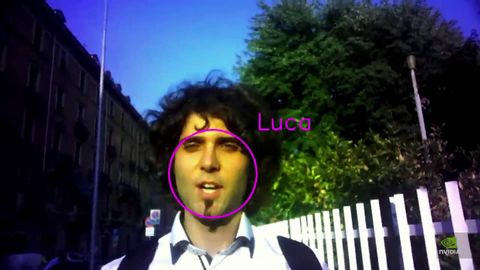NVIDIA Jetson合作伙伴故事。荷魯斯 (NVIDIA Jetson Partner Stories: Horus)
alex 發佈於 2021 年 01 月 14 日  沒有此條件下的單字
沒有此條件下的單字US /ˈrek.əɡ.naɪz/
・
UK /ˈrek.əɡ.naɪz/
- v.t.認可;接受;賞識;承認;表彰;嘉獎;認出,認識
US /ˈbesɪkəli,-kli/
・
UK /ˈbeɪsɪkli/
US /dɪˈskrɪpʃən/
・
UK /dɪˈskrɪpʃn/
- n.(不愉快事件發生的)現場;地點;景色;現場;場面;鏡頭

